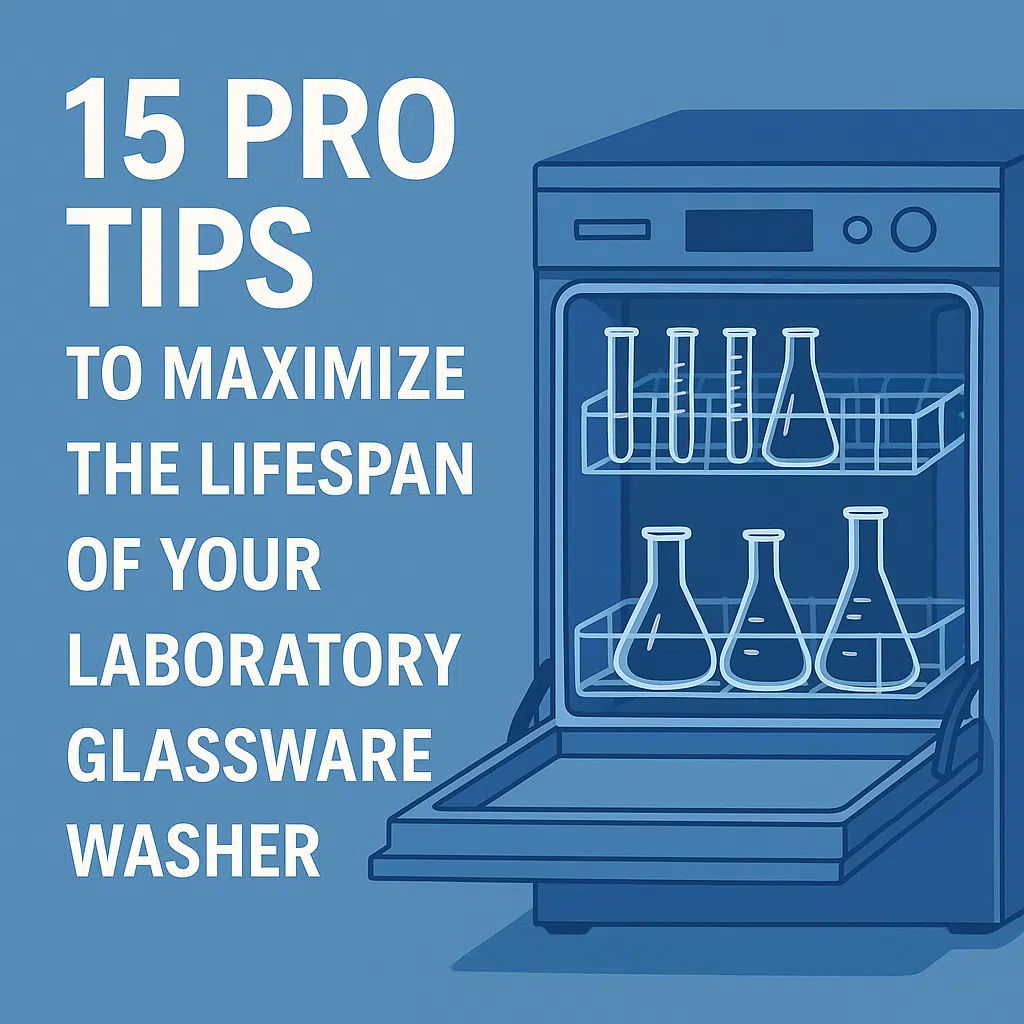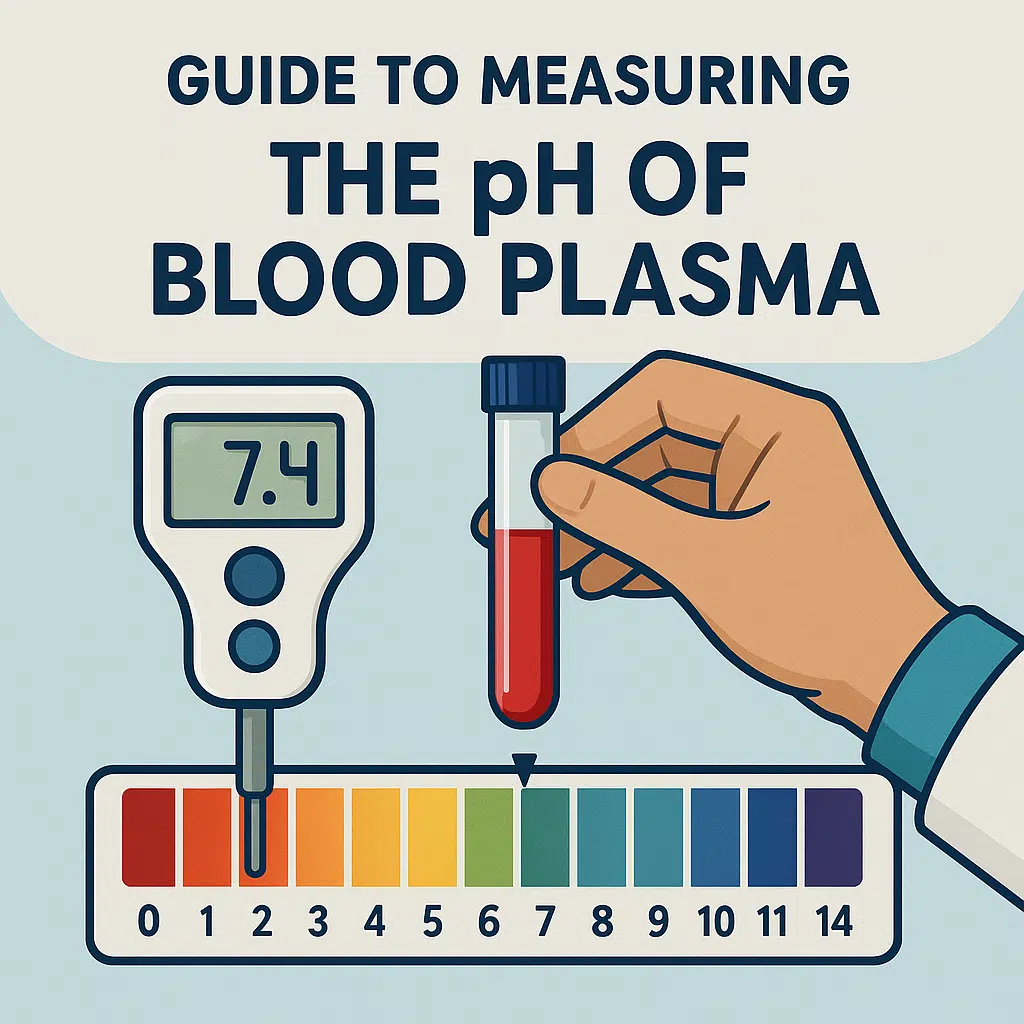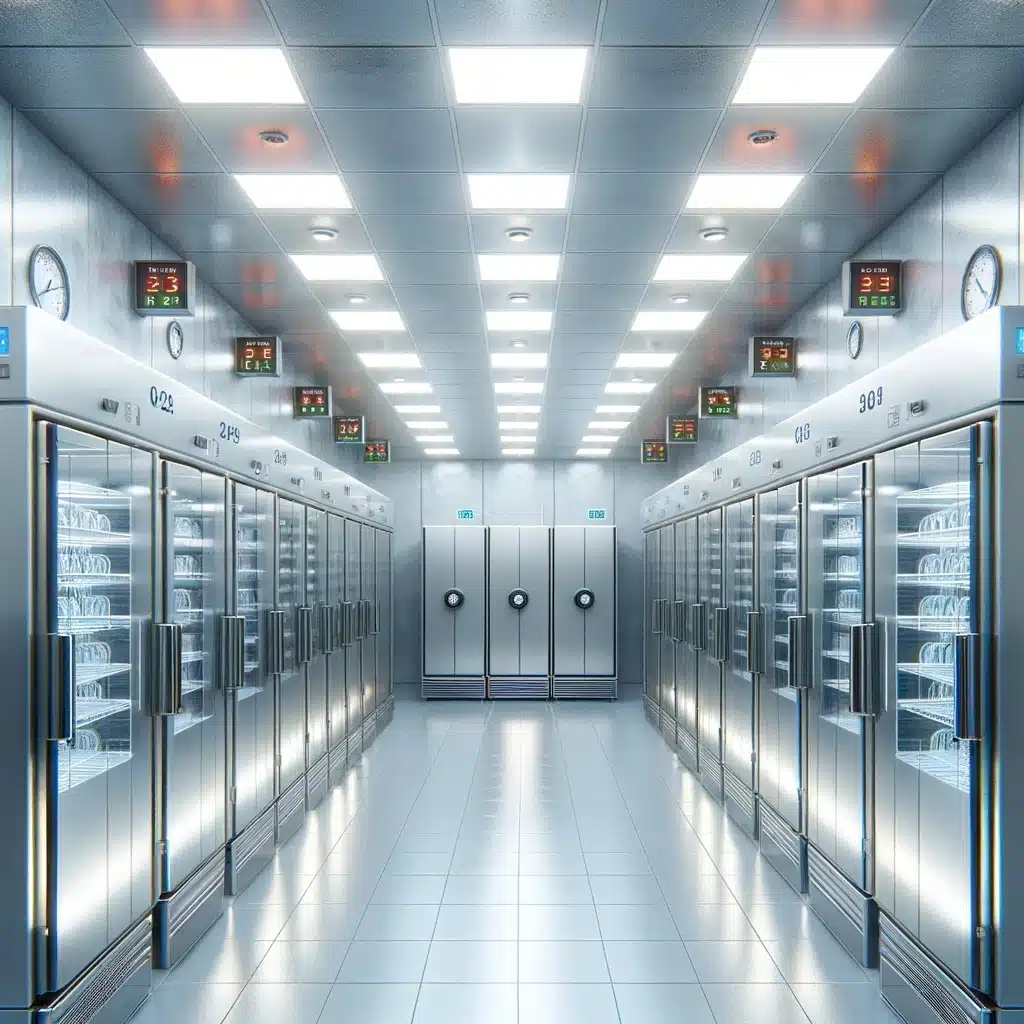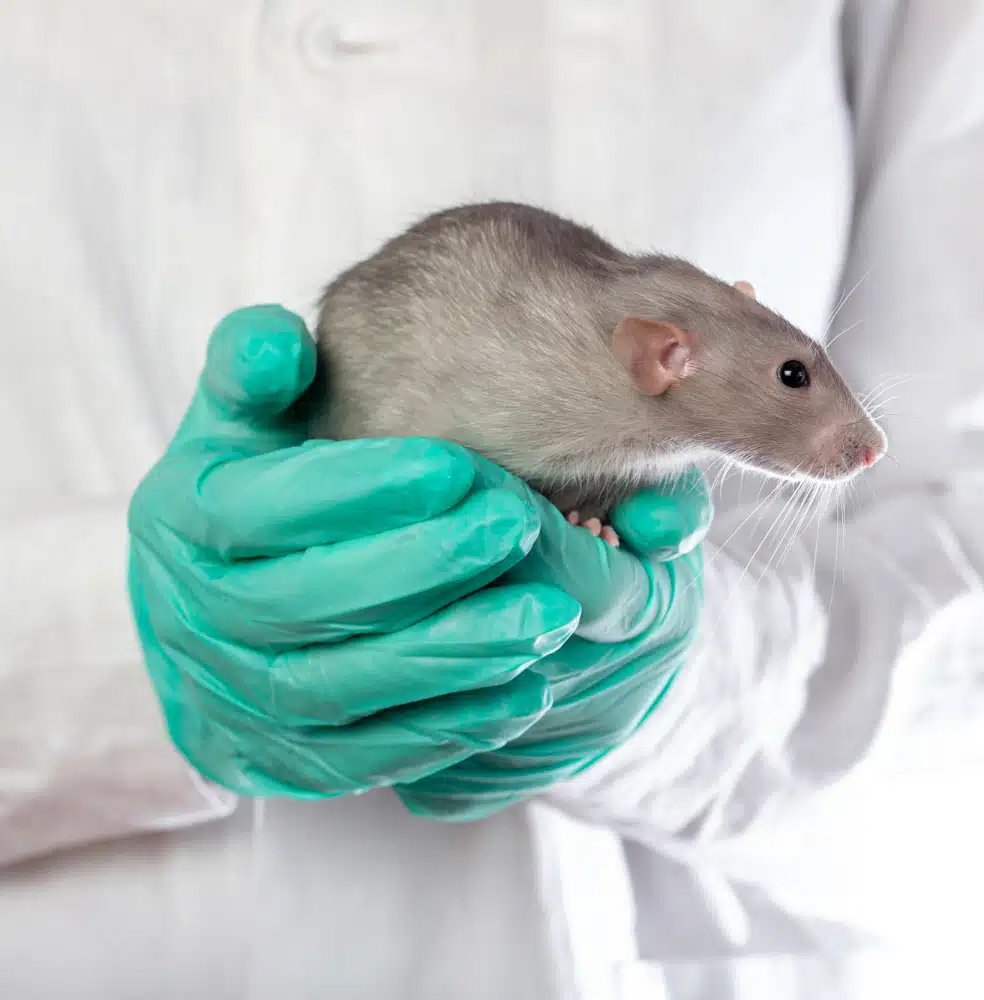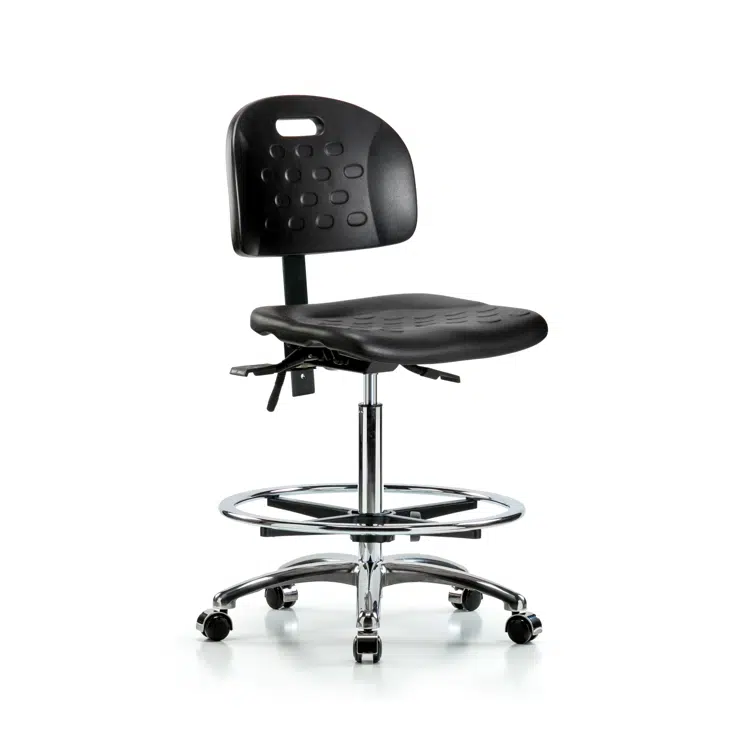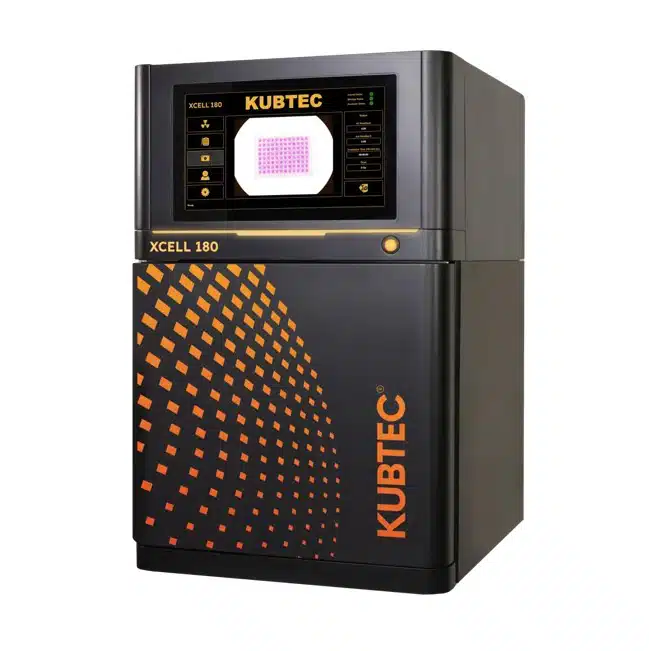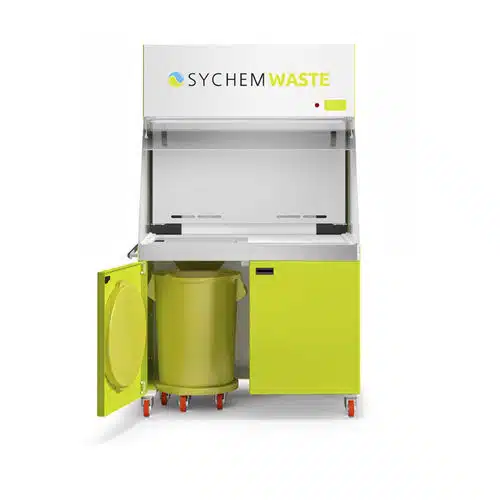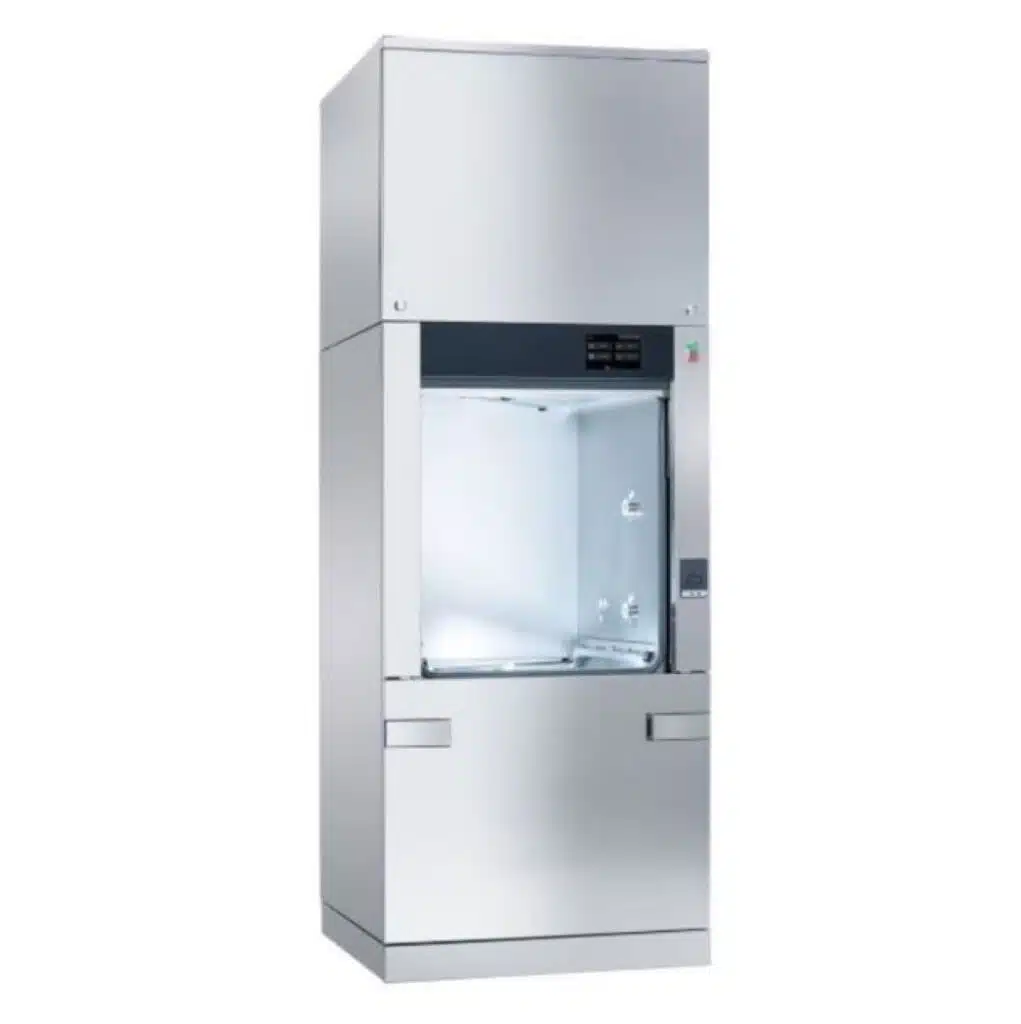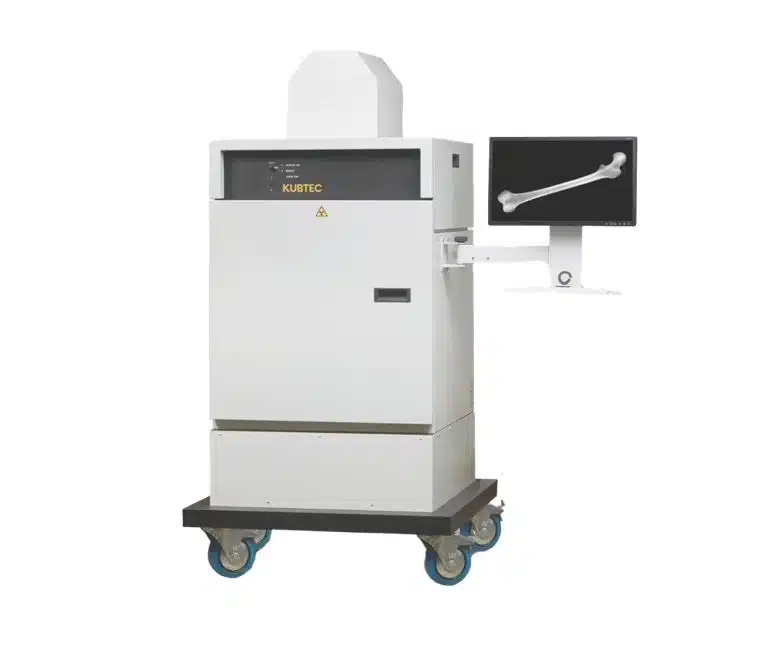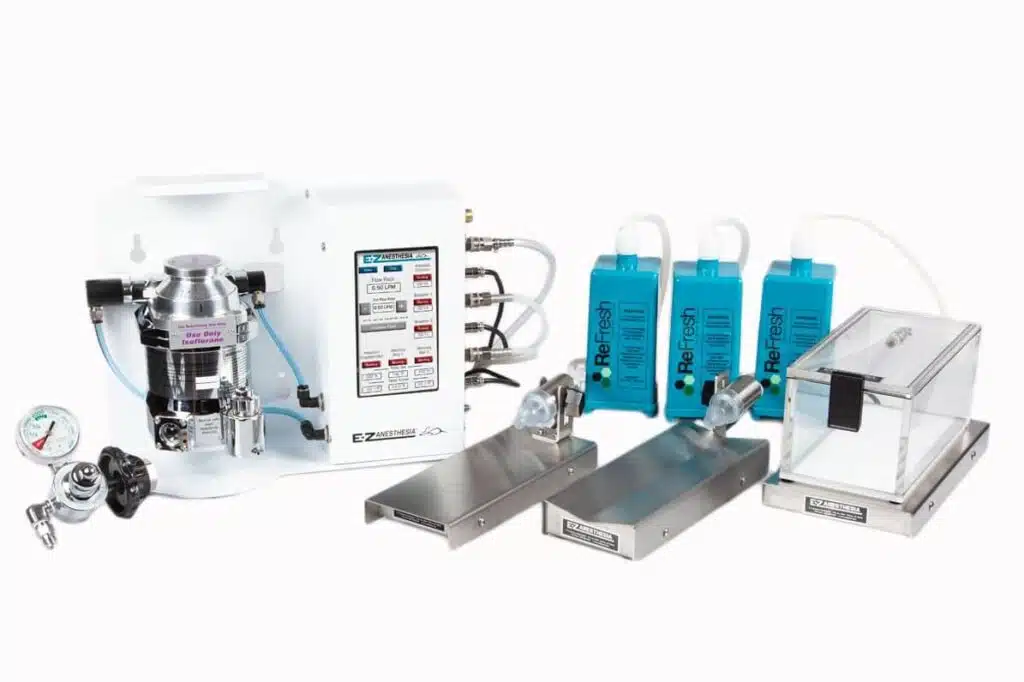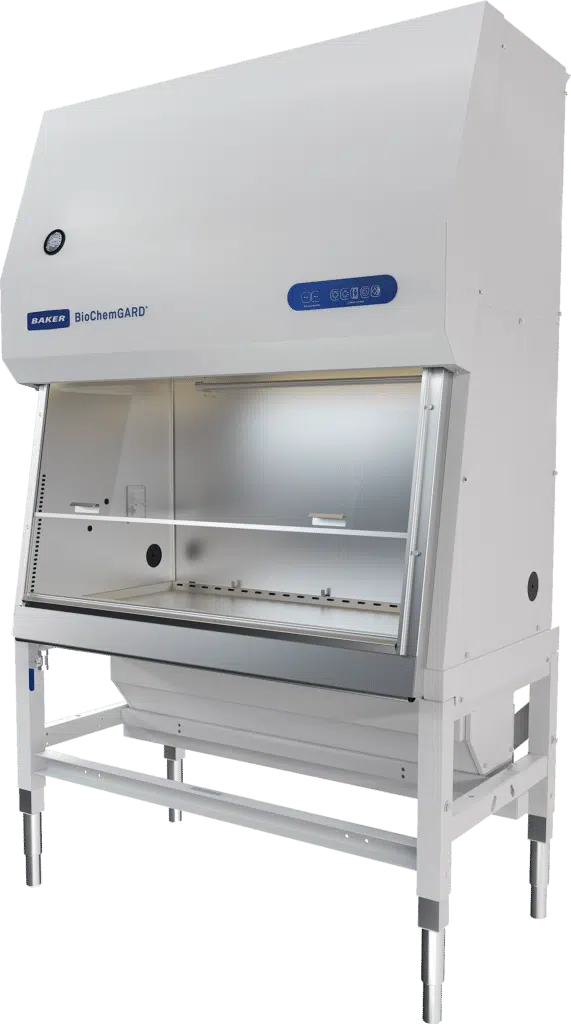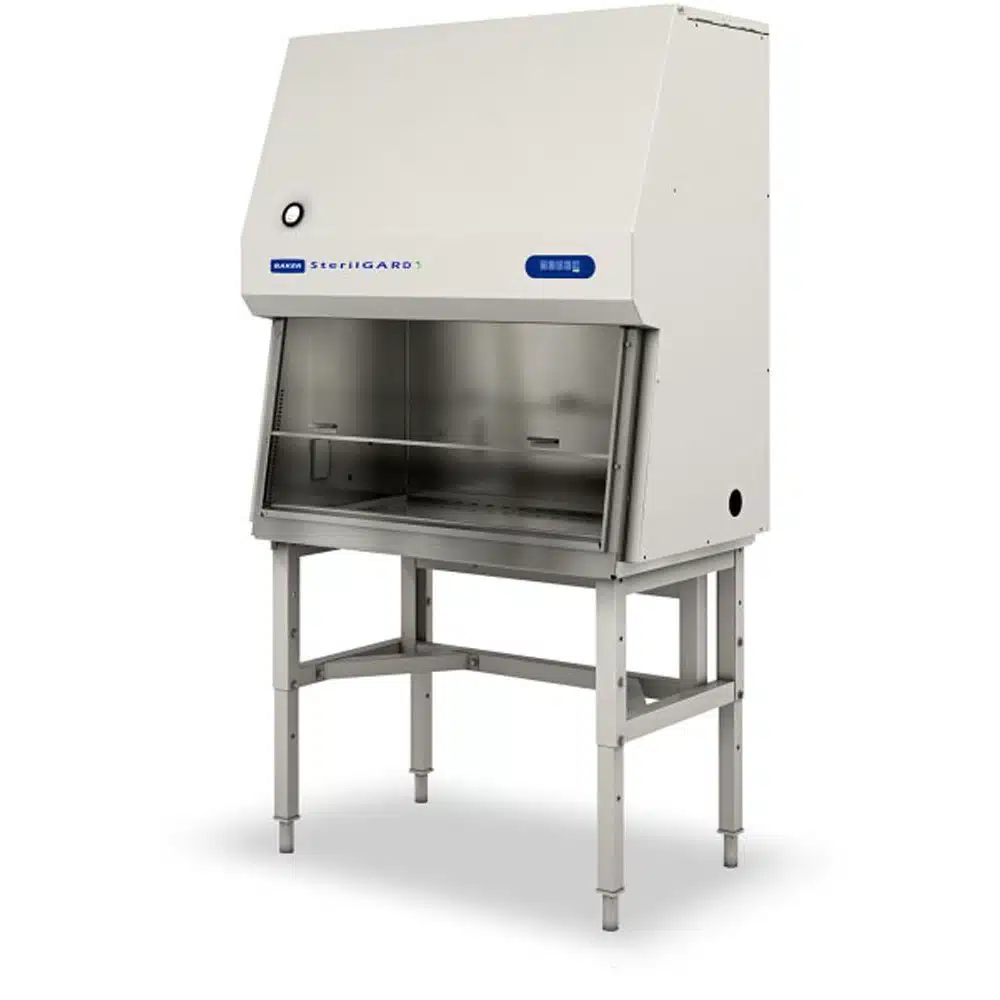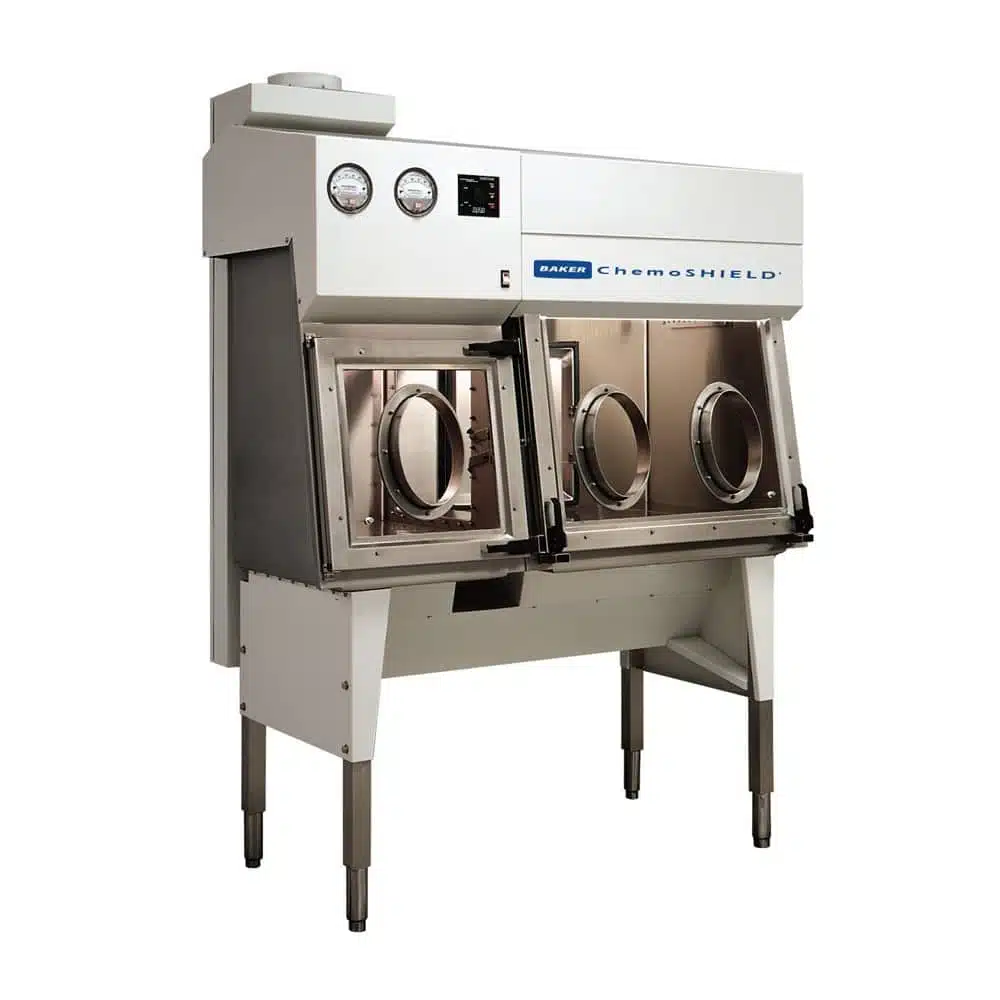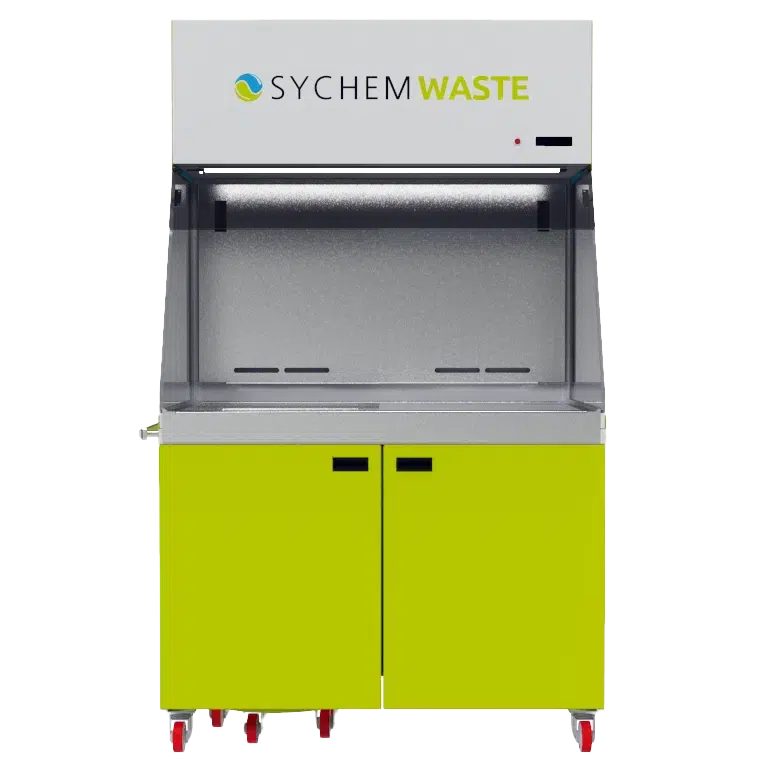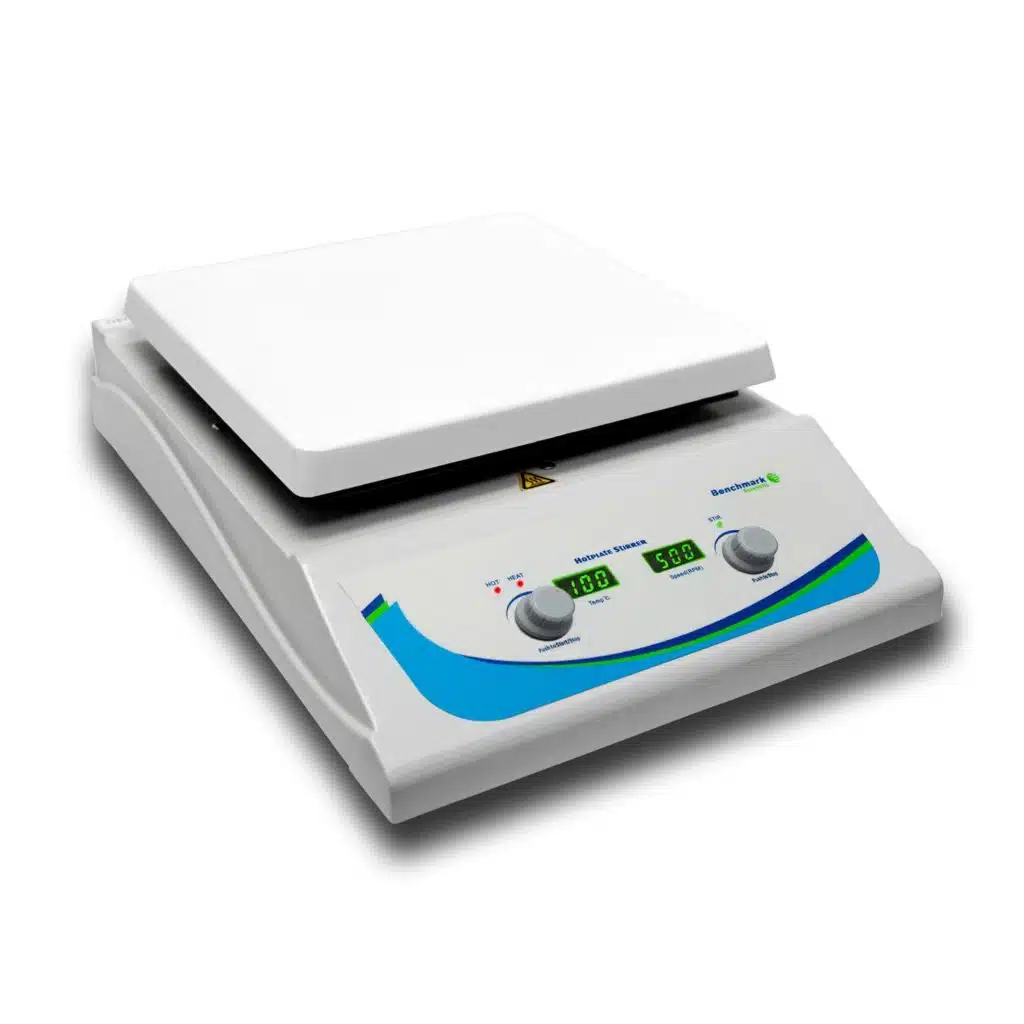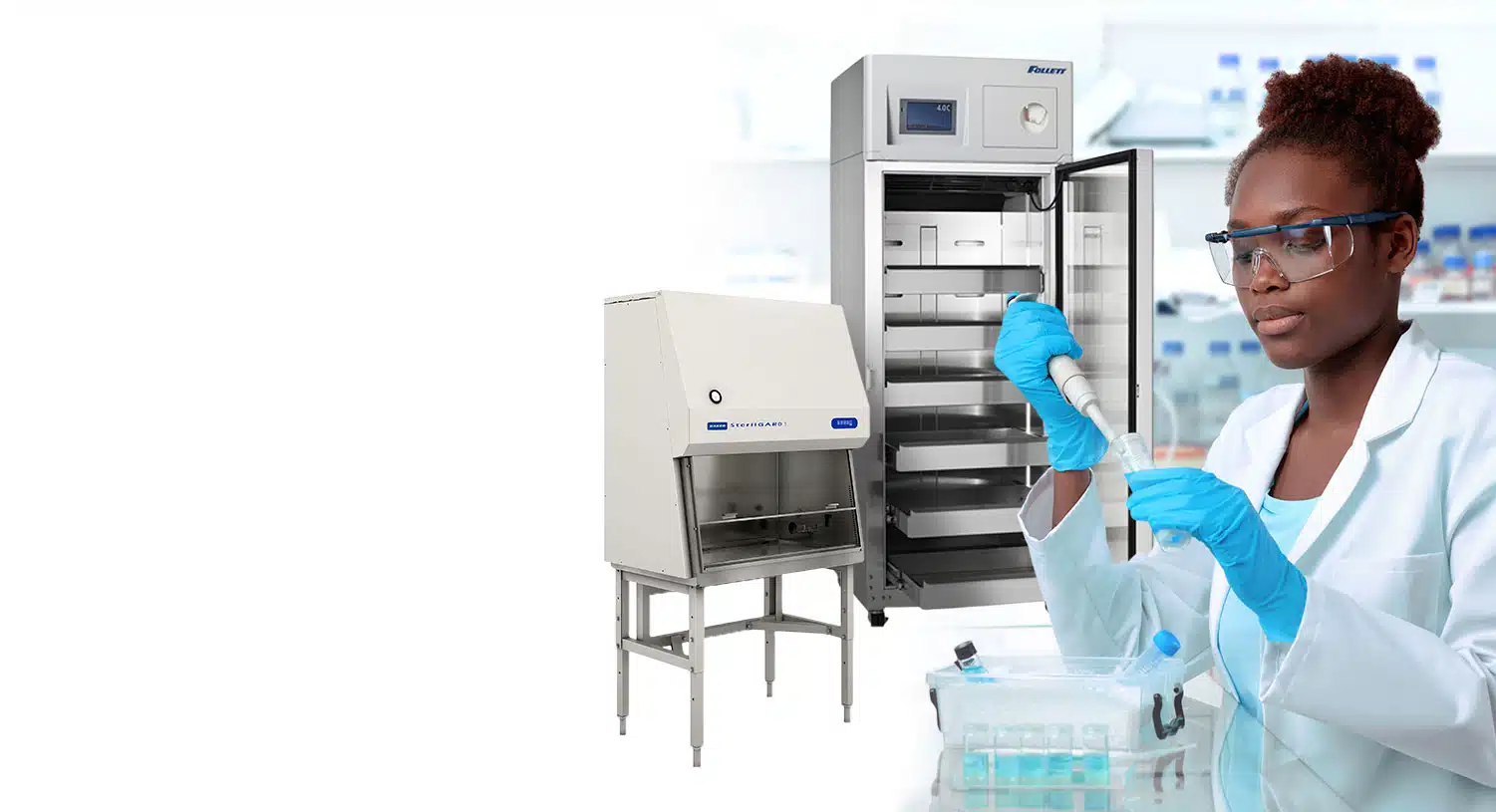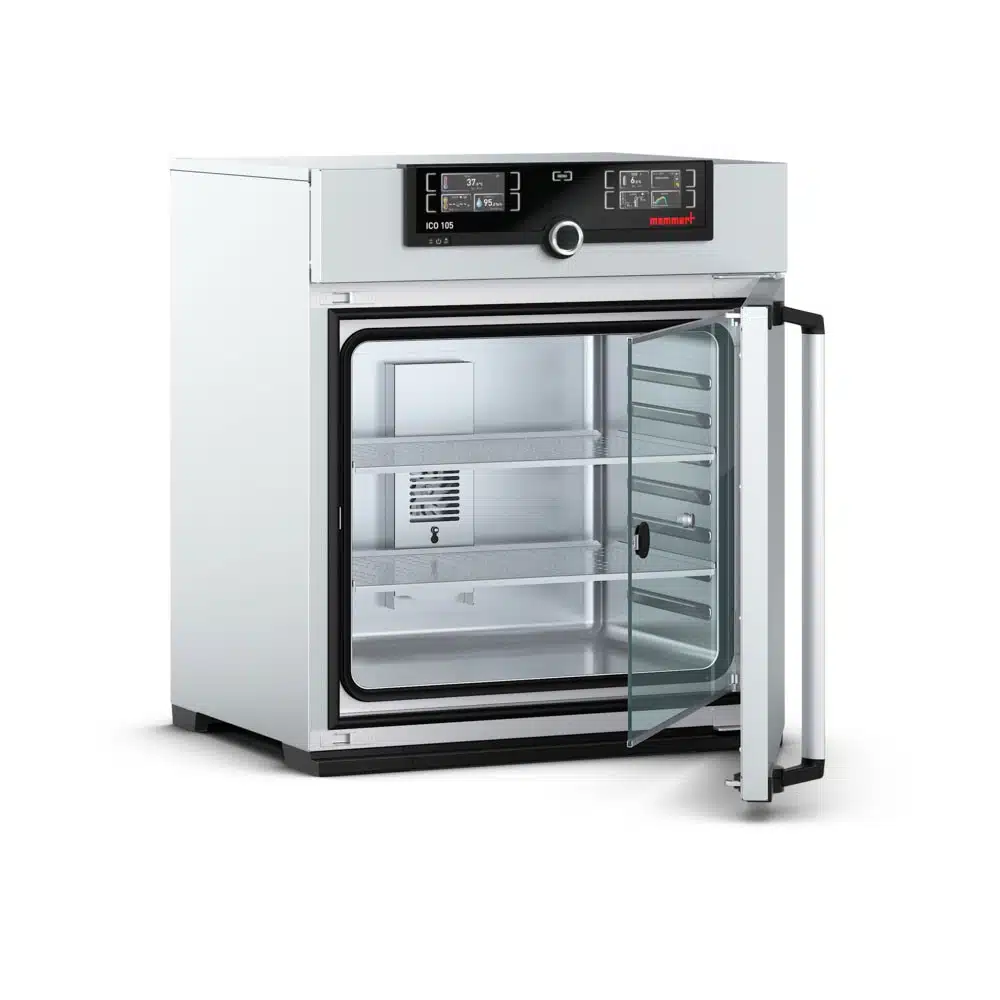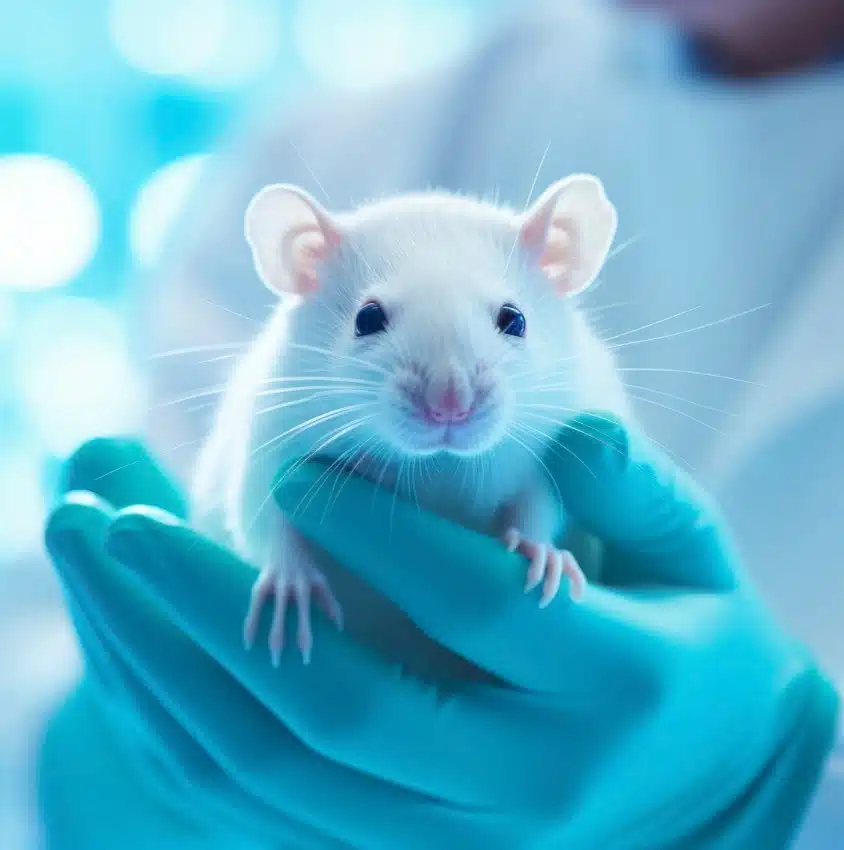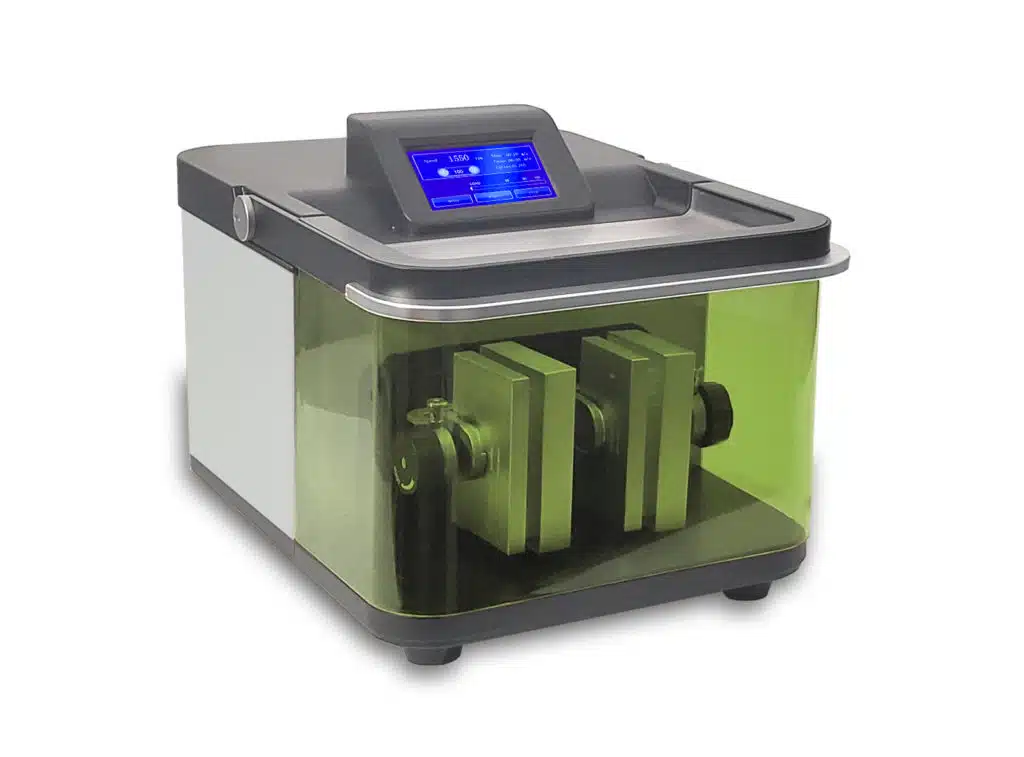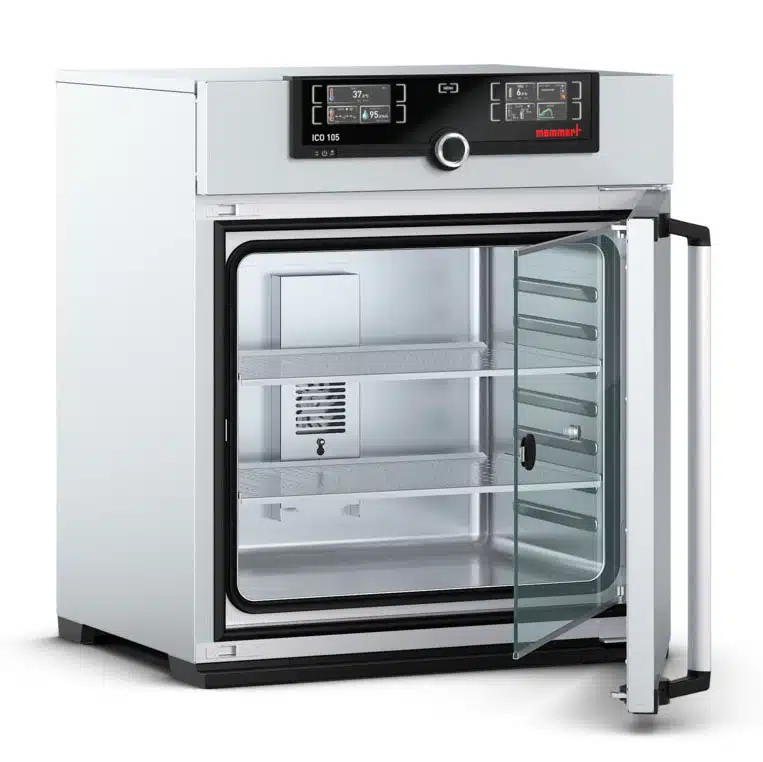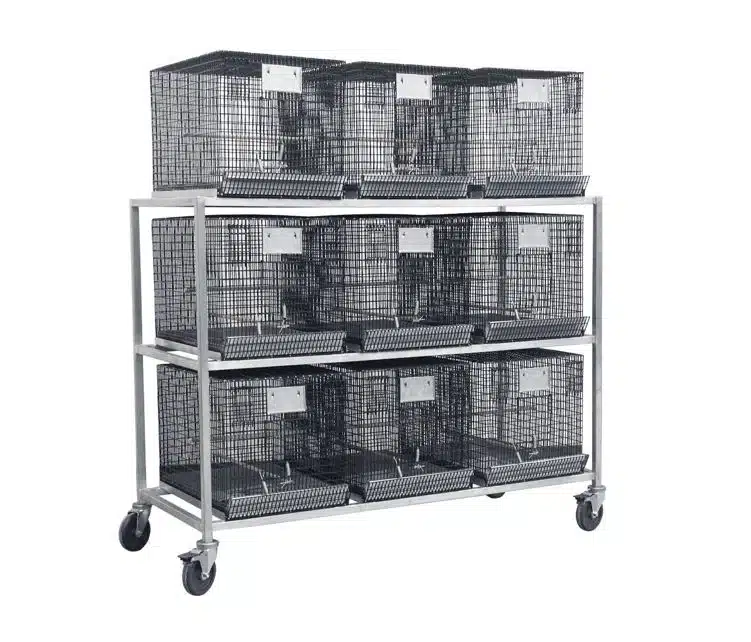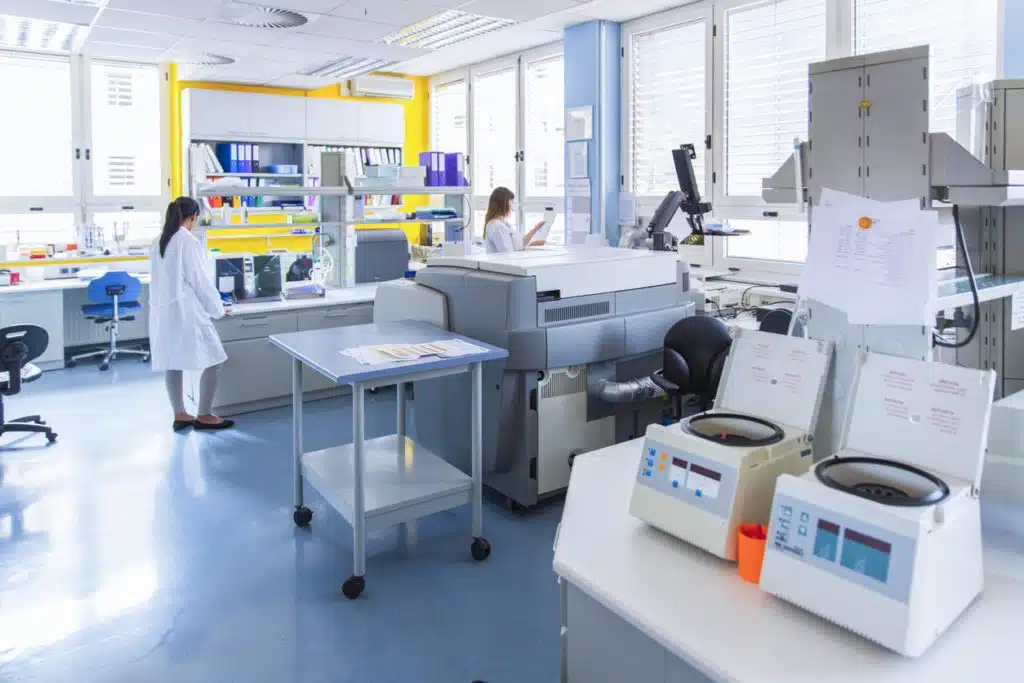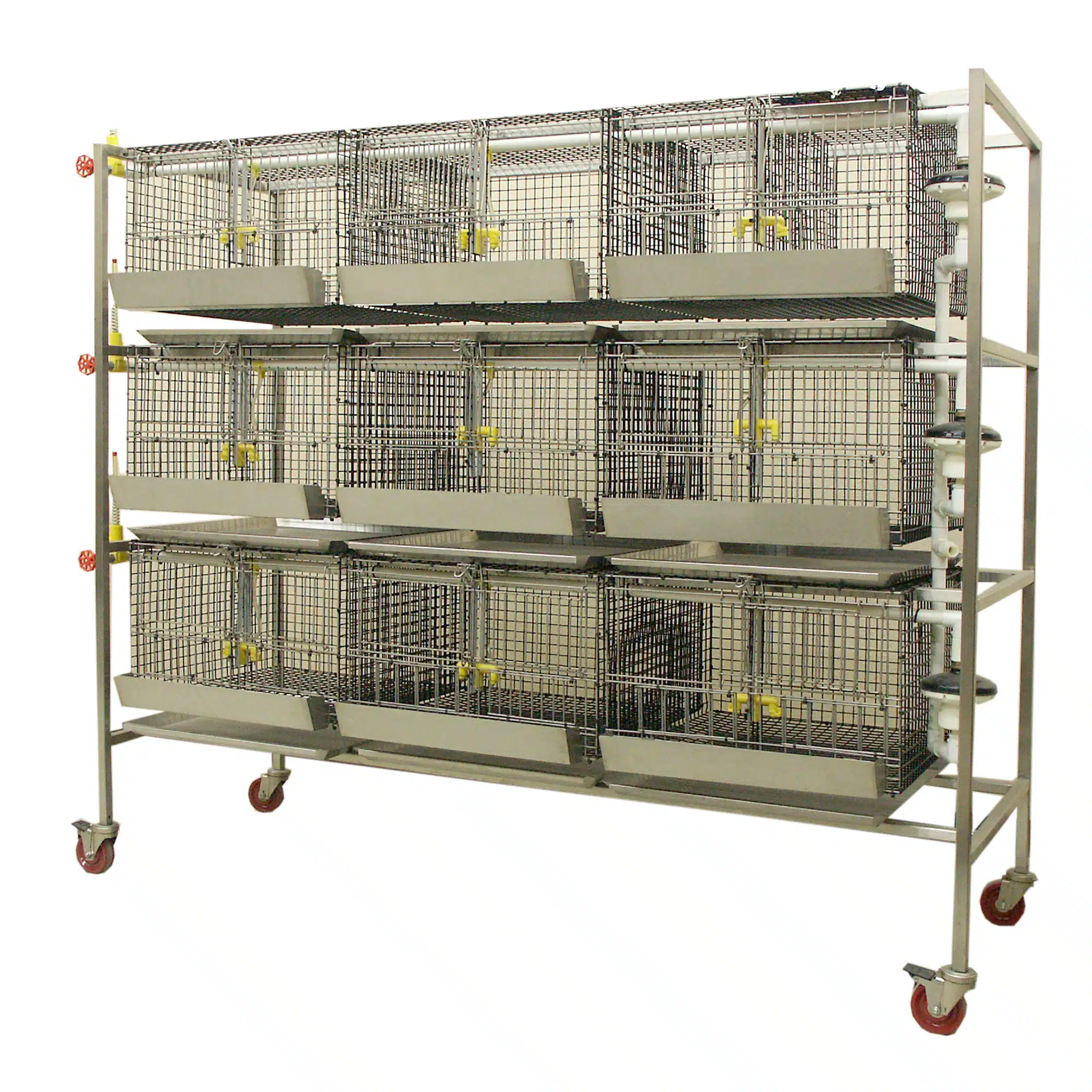A necropsy table is used to perform autopsies on animal specimens. It comes in various sizes and can have additional equipment attached to it to help with the dissection procedure. Veterinary medical equipment has to suit the examiner’s needs to ensure that the animal autopsy can determine the cause of death, any injuries or diseases, and the state of an animal’s organs.
In addition, necropsy tables protect personnel by drawing fumes away from the workspace with models specifically designed to protect against formalin and formaldehyde. If enhanced sterility is required, necropsy biological safety cabinets (BSCs) protect specimens from external contaminants using a laminar flow air barrier. Here are some essential features generally suggested for a large animal necropsy table.
Why Do I Need a Large Animal Necropsy Table?
When undertaking an autopsy, you must keep your large animal specimen away from your standard table or workspace. A necropsy table ensures your animal remains entirely stationary during trimming procedures. Additional safety features can protect users from exposure to harmful substances, but first-and-foremost, necropsy tables serve as stable work surfaces for grossing procedures.
Large animal necropsy tables can be helpful for veterinarians and zoologists. You can use them to take samples of different animals. The necropsy table should be simple in its design to ensure that additional testing can be conducted efficiently.
 Table size and material
Table size and material
The main features of a large animal necropsy table are its size and material. The best necropsy tables are made of a stainless-steel construction because stainless steel can be easily washed without being stained or damaged through constant use. What makes designs like the Mopec OA200 an excellent choice is that even its electric motor can withstand high-pressure washdowns and regular decontamination. So if you need to decontaminate your entire table, you can do it without fear of damaging the equipment.
Another essential feature of a large animal necropsy table is its weight. Larger animals are going to need to be placed on a workspace that will be able to support them. Not only can the stainless steel support the weight of a large animal, but you will find that designs like the OA200 can handle a centralized load of up to 5,000 pounds. It even has an offset load of 2,500 pounds, making it a sturdy table that is perfect for dissection without the worry of the patient accidentally shifting or being dropped during the study.
Design and ventilation systems
Although this may sound simple, a square or kidney-shaped table design is crucial for necropsy. That’s why an essential part of any good large animal necropsy table is the marine edge and drain hole. The marine edge ensures no spillage can come over the table’s edge, while the drain hole can empty away fluid and collect any solids from the dissection.
A ventilation system is an additional essential feature in your large animal stainless-steel construction. The ventilation system can help keep your workspace free of dangerous chemicals that could be inhaled by you or anyone observing the animal necropsy procedure.
For procedures requiring external contamination protection, necropsy biological safety cabinets BSCs are available. These units use laminar airflow technology and HEPA filtration to create a barrier of air that protects bodies from external pathogens.
Hydraulics
Your large animal necropsy table needs to be as safe as possible and provide easy height adjustment for loading and unloading patients, an essential feature of the Mopec OA200. The ability to change the table’s height, angle and position ensures optimal work posture and easy cleaning.
Considering an optimized Large Animal Necropsy Table?
ARES Scientific has a range of animal necropsy trimming tables available. The table is designed to help you undertake a necropsy with ease. You need to ensure you have the essential features on your table to ensure the success of your necropsy. To find out more about animal necropsy tables available, call 844-444-2737 or email info@aresscientific.com. We’re ready to help.
 Table size and material
Table size and material 
